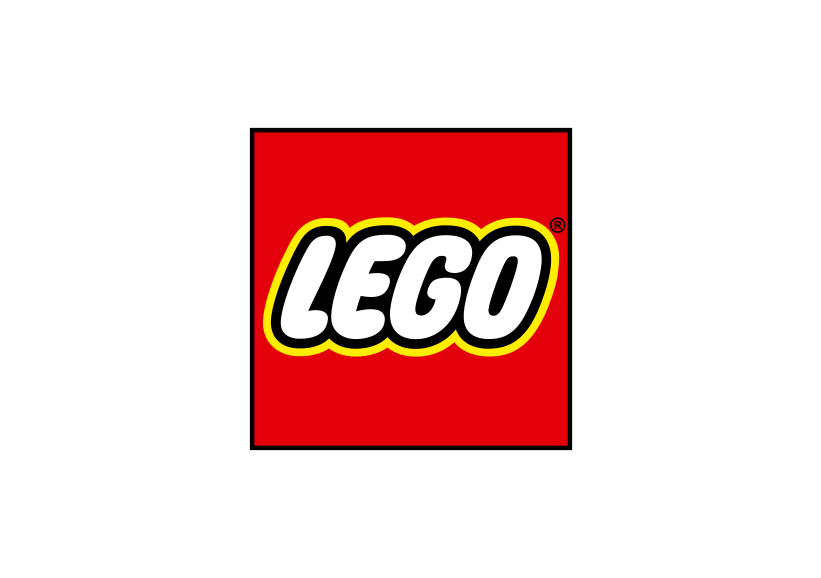#07_The LEGO Group_B
Part picking with computer vision (physical)

Case description
The automated handling of the huge variety of LEGO bricks is an important aspect in LEGO Factory. To prepare the automated pick-up of LEGO bricks with robots, vibration tables are used to shake the LEGO bricks until they are in a desired orientation so that a robot can grasp them for the next steps. Computer vision can be employed to detect the position and orientation of LEGO bricks as well as distances to the neighboring LEGO bricks. However, computer vision still often fails in cases of transparent materials and when clusters of elements occur. The amount of currently positioned and oriented LEGO bricks is denoted as presentation rate and is measured in percentage.
Challenge
Develop a computer vision solution, to increase the presentation rate of certain LEGO bricks, for a given vibration table equipped with a camera, lights, and vibration mechanism. Two teams are competing in the challenge and take turns with testing their solutions with the given setup (The other competing team is #08_The LEGO Group_B). Who can achieve the highest presentation rate, and beat the baseline set by engineers from the LEGO Group?
To get the team started, consider the following:
- Which combination of image processing steps can robustly detect the LEGO bricks?
- Can solutions exploit the control over the vibration activation to generate more hits?
Keywords: Computer vision, vibration feeder, pose estimation
Tools, methods and materials
The challenge can be addressed with any computer vision tool. Regarding the methods, the teams can take a conventional image processing approach or employ machine learning. The selection of tools and methods is left to the team. (Thorbjørn)
From the LEGO Group, the teams will receive a vibration table setup with a software interface to connect the setup functions to their solution. In addition, engineers from the LEGO Group will be available to discuss details of the challenge along the way.
Contact

Jens Lomholt Frandsen
The Lego GroupJens Lomholt Frandsen
The Lego GroupOT Automation Engineer
OT Innovation
